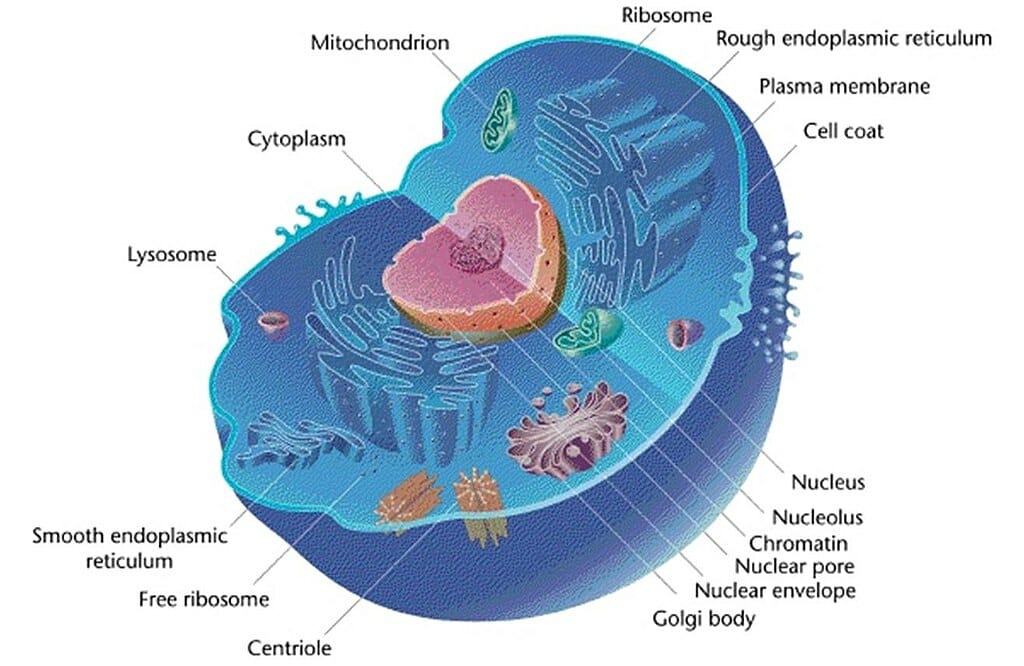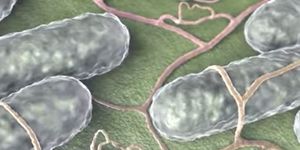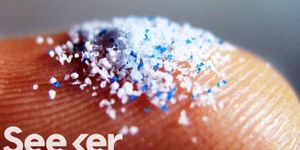Reversing Symptoms of Aging in Mice Inspires Anti-Aging Drugs
It would be a breakthrough for science if symptoms of aging were reversed in humans. Well, researchers at the University of Alabama at Birmingham have turned the clock of time using a mouse model. Keshav Singh, Ph.D. and research colleagues were able to reverse wrinkled skin and hair loss, the hallmarks of aging, on a mouse. "To our knowledge, this observation is unprecedented," said Singh, a professor of genetics in the UAB School of Medicine.

In a matter of weeks, a mouse can develop wrinkled skin and hair loss when a mutation that leads to mitochondrial dysfunction is induced. However, restoring mitochondrial function, the mouse will returns to smoother skin and thick fur, making the mouse indistinguishable from a healthy mouse of the exact age. Most importantly, the mutation responsible for mitochondrial dysfunction occurs in a nuclear gene.

The mitochondria serve as the “powerhouse of the cell” and make 90% of the chemical energy that cells need to thrive. For humans, a decline in the function of mitochondria function is apparent during aging. Additionally, mitochondrial dysfunction can drive age-related diseases. DNA depletion is seen in human mitochondrial diseases, heart disease, diabetes, neurological disorders, and cancer. "This mouse model," Singh said, "should provide an unprecedented opportunity for the development of preventive and therapeutic drug development strategies to augment the mitochondrial functions for the treatment of aging-associated skin and hair pathology and other human diseases in which mitochondrial dysfunction plays a significant role."

The mitochondria of induced-mutated mice exhibited reduced mitochondrial DNA content, altered mitochondrial gene expression, and the instability of large complexes in mitochondria that are involved in oxidative phosphorylation. The reversal of the mutation was able to restore the mitochondrial function, which in return restored as the skin and hair pathology. This provided evidence that the mitochondria are the reversible regulators of skin aging and hair loss. "It suggests that epigenetic mechanisms underlying mitochondria-to-nucleus cross-talk must play an important role in the restoration of normal skin and hair phenotype," Singh said, who has a secondary UAB appointment as professor of pathology. "Further experiments are required to determine whether phenotypic changes in other organs can also be reversed to wildtype level by restoration of mitochondrial DNA."
Source: The University of Alabama at Birmingham








